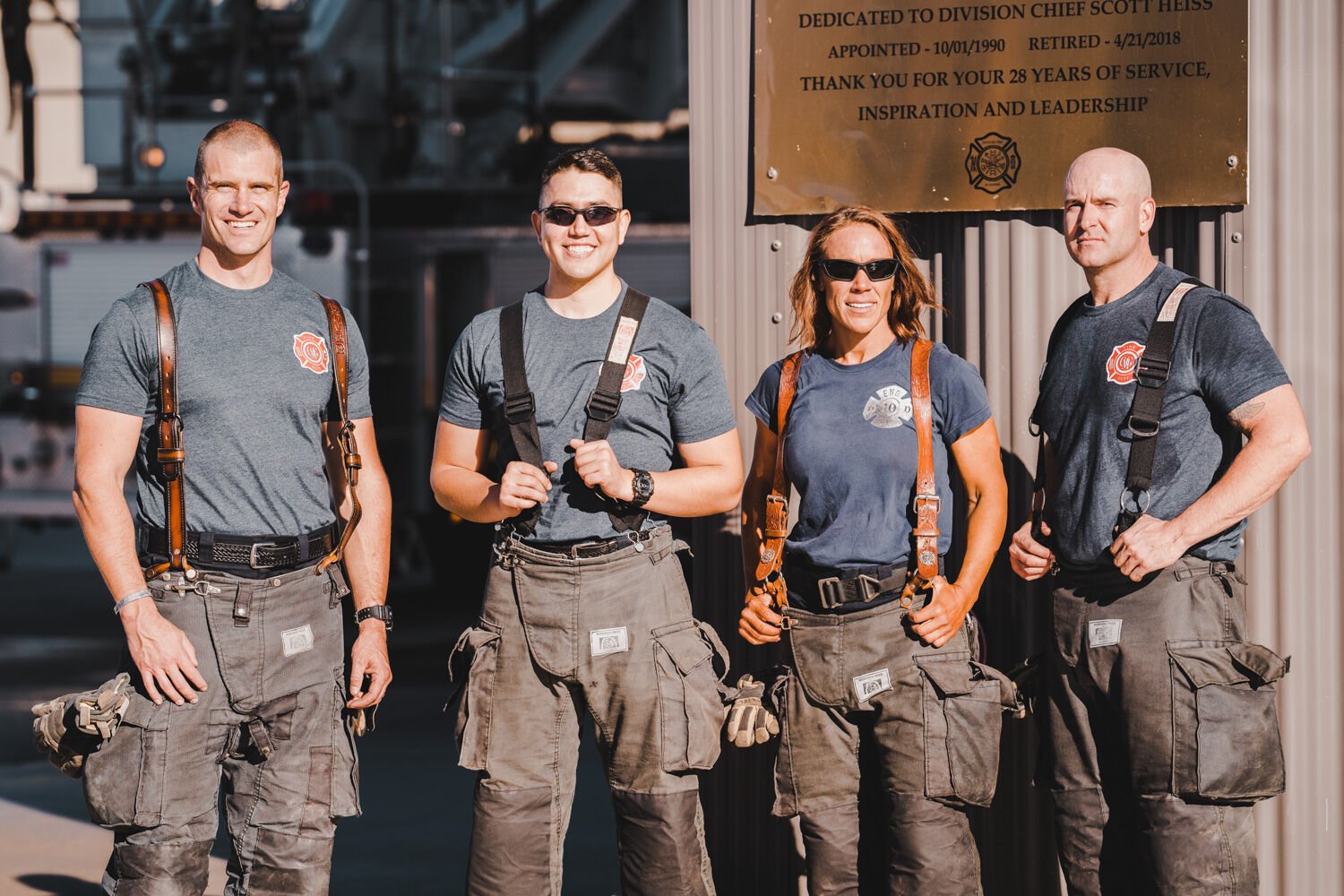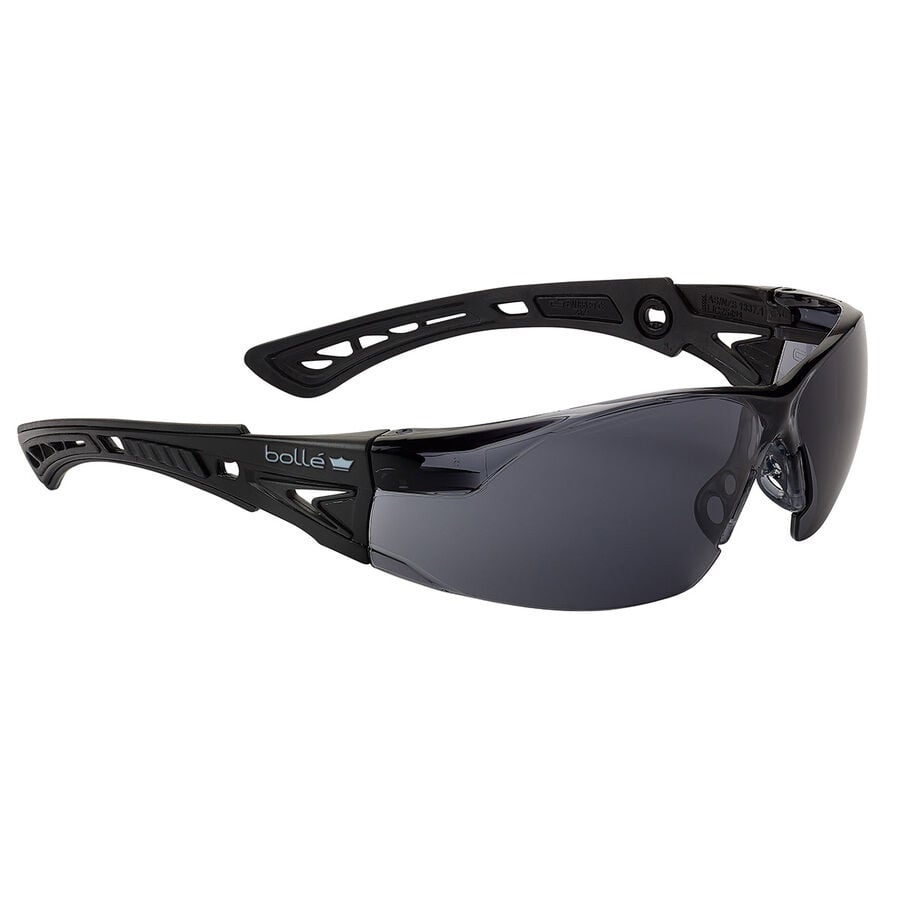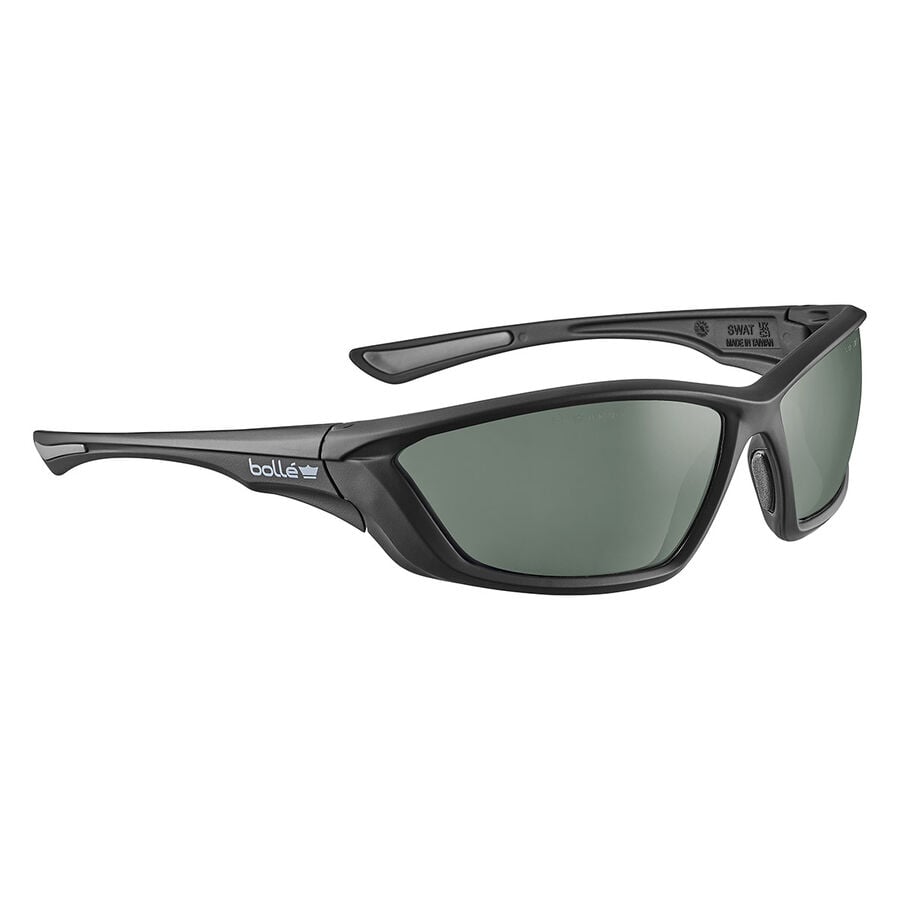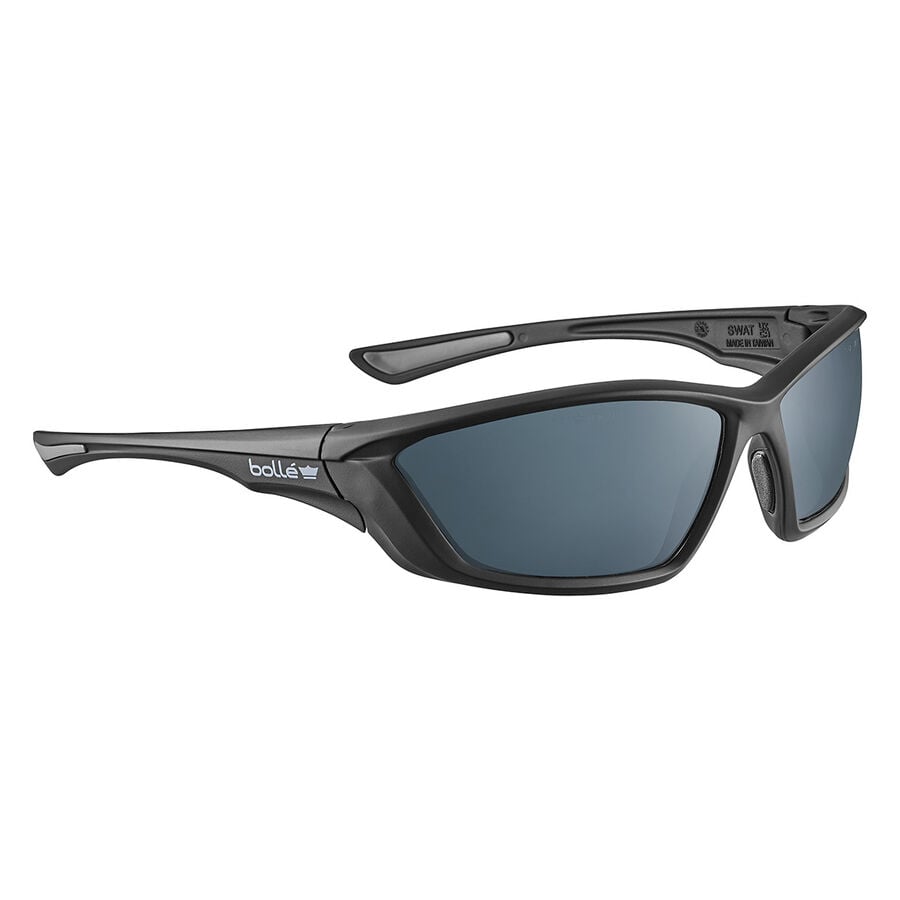Tactical response workers are highly susceptible to eye injuries
A soldier can struggle daily against sandstorms and dry winds, always mindful of the risk of explosive blasts and attacks. While tactical environments are traditionally thought of as being in a warzone, they also happen in everyday settings on our streets. First responders, such as police officers face unexpected challenges every day at work, from dealing with violent people to controlling crowds and preventing riots. Rescue workers respond to dangerous situations and people in trouble in hostile environments.
Fearless people risk their lives every day to protect the streets, their fellow citizens, and their countries. In a time of crisis, there can be severe consequences, including injuries and death.
Clear vision and precision are necessary to successfully complete a mission but eye injuries are also prevalent in tactical fields. Personal protective equipment (PPE) and ballistic-rated safety eyewear are essential for these dangerous situations.
The main players in tactical fields and how they respond to crisis
Armed forces
Soldiers go through gruelling training and risk their lives to protect their country. The modern soldier can also be involved in anti-terrorist operations, catastrophe relief, and peacekeeping, all of which require tactical planning.
The United States has the largest military budget globally, spending 732 billion in 2019. The top five countries in the world, after the US, that spend the most on defense include China, India, Russia, and Saudi Arabia. But China has the largest number of military personnel, with more than two million soldiers, compared to around 1.3 million American soldiers.
The armed forces are highly susceptible to injuries from a variety of sources. A recent research looking at eye injuries incurred by Israeli defense forces found that blasts caused the most injuries, followed by shrapnel and gunshot wounds. Elite forces are placed in even more precarious positions, such as airborne operations, counter-terrorism, and covert ops.
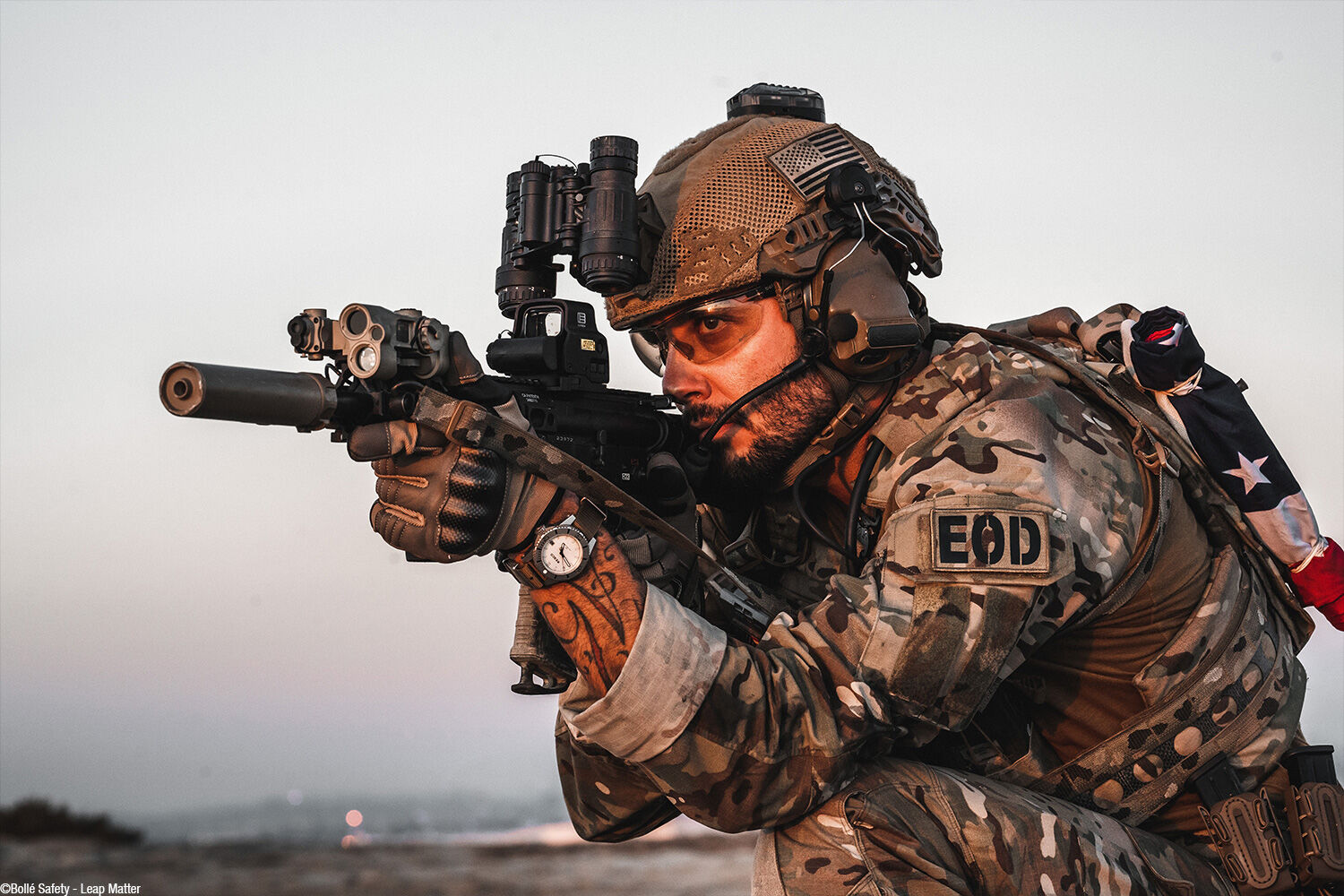
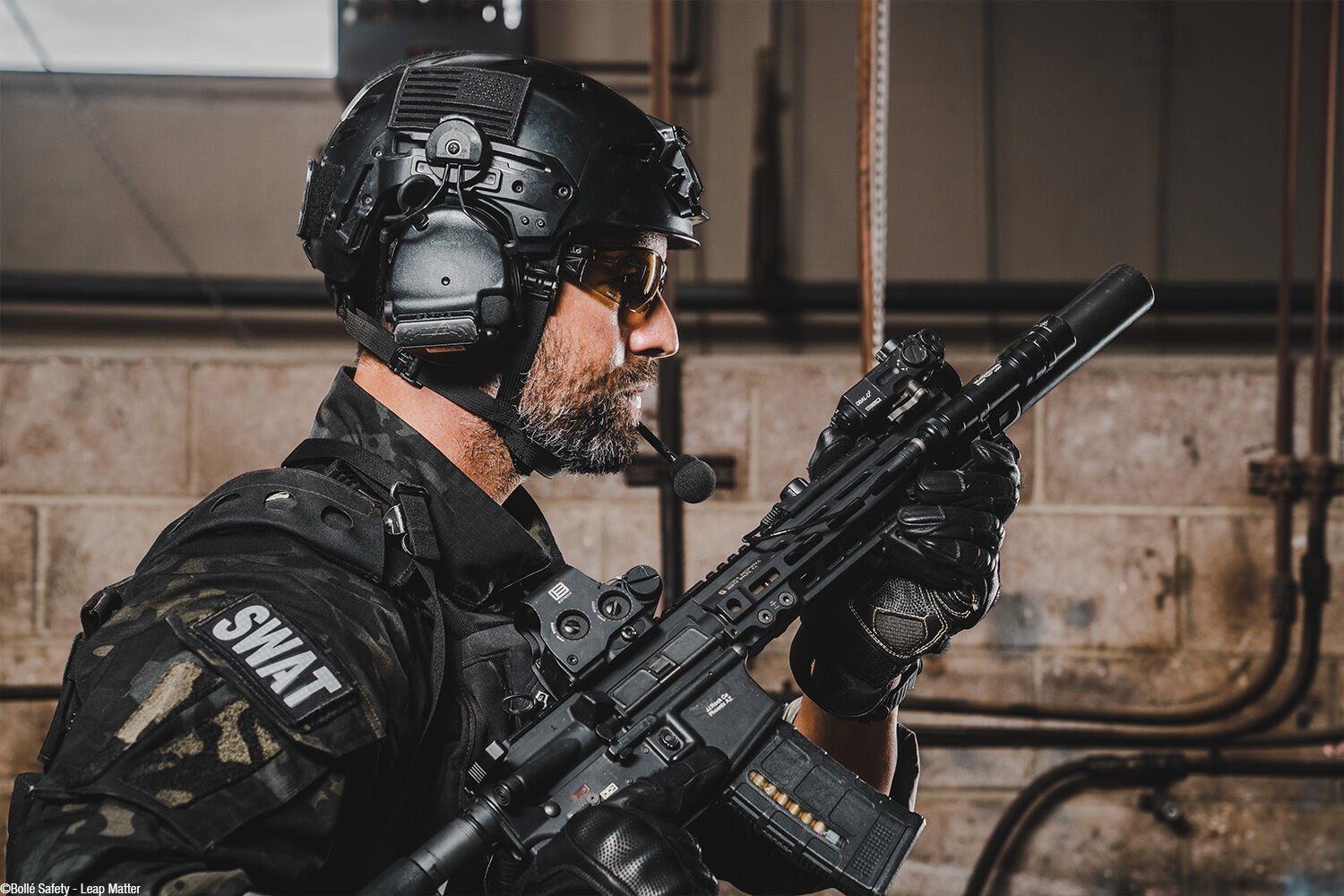
Police force
Law enforcement has become an increasingly complex role with expanded duties and threats. The following study conducted by Niosh shows that police officers are three times more likely to be injured than all other U.S. workers. In 2019, there were nearly 700,000 full-time law enforcement officers employed in the United States. Federal law enforcement agencies cover everything from the National Park Service to the FBI.
Riot and protest control can be deadly. Police officers were hit with bats, wrenches and flagpoles and sprayed with mace during the surge of the U.S. Capitol in January. More than 58 officers were injured, including from being pushed downstairs, trampled, and punched.
Researchers at the National Institute for Occupational Safety and Health found that assaults and violent acts were the number one cause of injury in law enforcement, followed by injuries from running or other repetitive motions, and transportation accidents.
Rescue workers
Firefighters, search and rescue teams, paramedics, and emergency response officers are first responders during times of crisis and emergency. Given the nature of their positions, they are highly susceptible to injuries, including from physical impacts, and chemical and biological exposures.
In 2019, there were more than 60,000 injuries of firefighters in the U.S. They deal with smoke and gas inhalation but are also exposed to multiple hazards and infectious diseases. Specialized face shields and goggles are essential to protect the eyes of rescue workers.
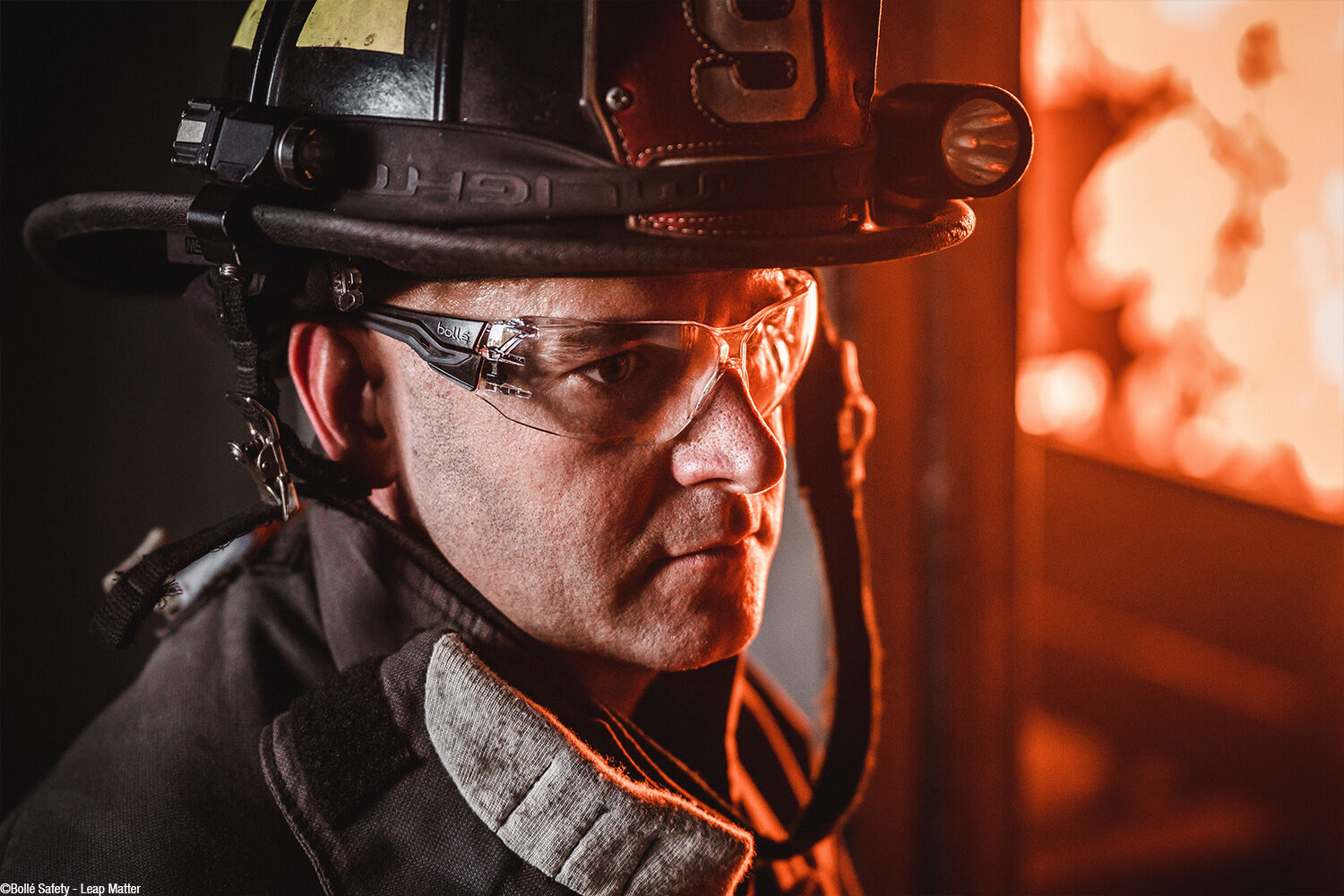
Tactical situations
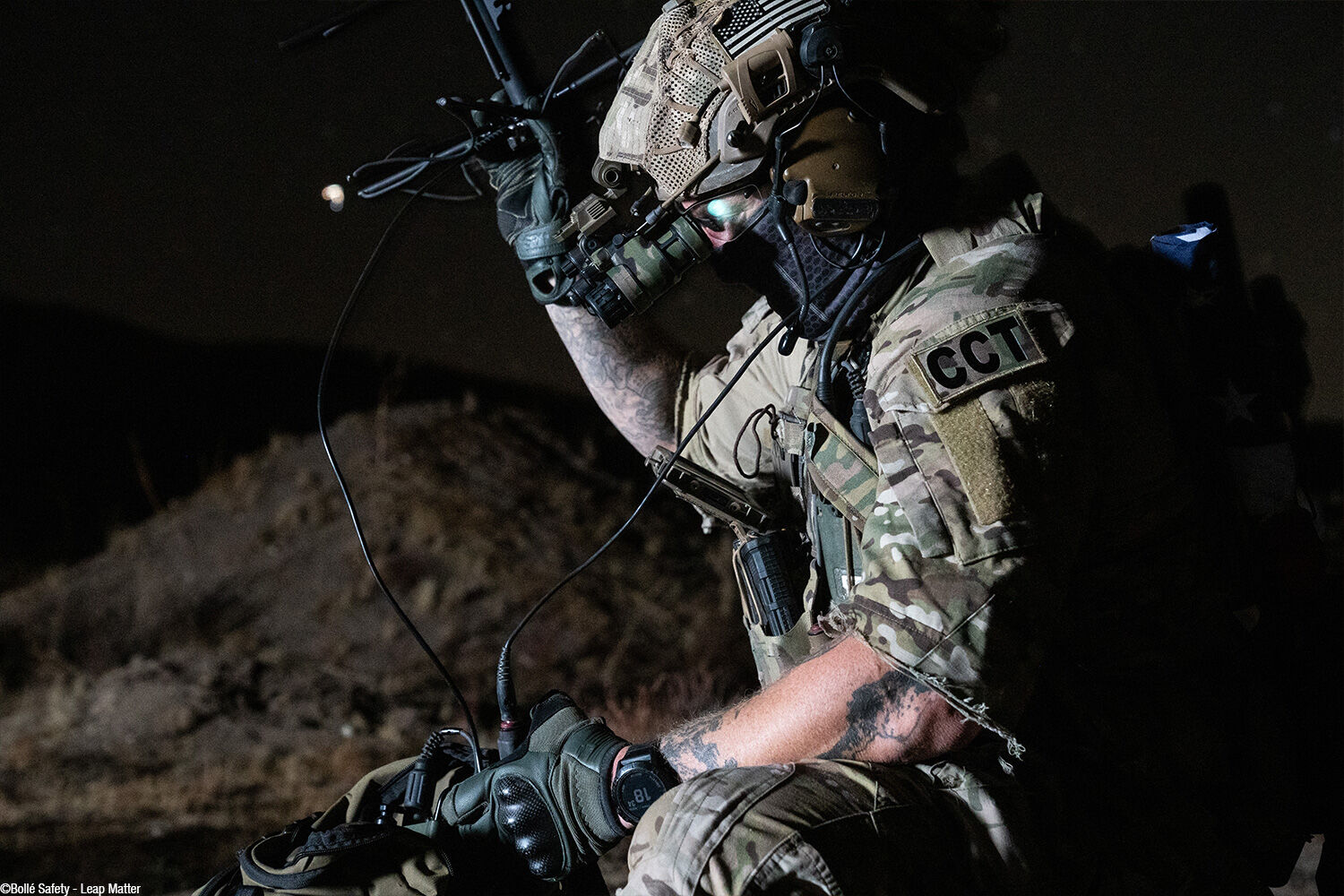
Battlefields
People are still fighting in war situations around the world, from the Iraqi conflict to the Kivu conflict in the Democratic Republic of the Congo. Battlefields, in which soldiers encounter explosives, shrapnel, and grenades, are rife for eye injuries. Eye injuries sustained during combat have increased in recent wars from approximately two percent in WWI to almost thirty percent in wars in Iraq and Afghanistan.
Penetration injuries from glass and other flying debris can leave a scar resulting in impaired vision. If the object enters the eye, it can damage the iris or lens and may result in blindness or loss of the eye.
A recent study found that explosive weaponry was the main cause of war-related eye injuries in Damascus during the Syrian Crisis. The leading cause was improvised explosive devices (IEDs), followed by mines and rockets. Ballistic-rated eye protection is essential to prevent these catastrophic injuries.
Riots and crowd control
Peaceful protests can turn into riots when property is being destroyed, weapons are used, or people are getting injured or killed. Once a riot begins, people are no longer protected by the First Amendment and the police need to step in to control the situation.
Police forces need to be well equipped to manage these dangerous situations and protect themselves. Projectiles such as rocks and bottles can cause a serious head trauma and damage to eyes resulting in vision loss.
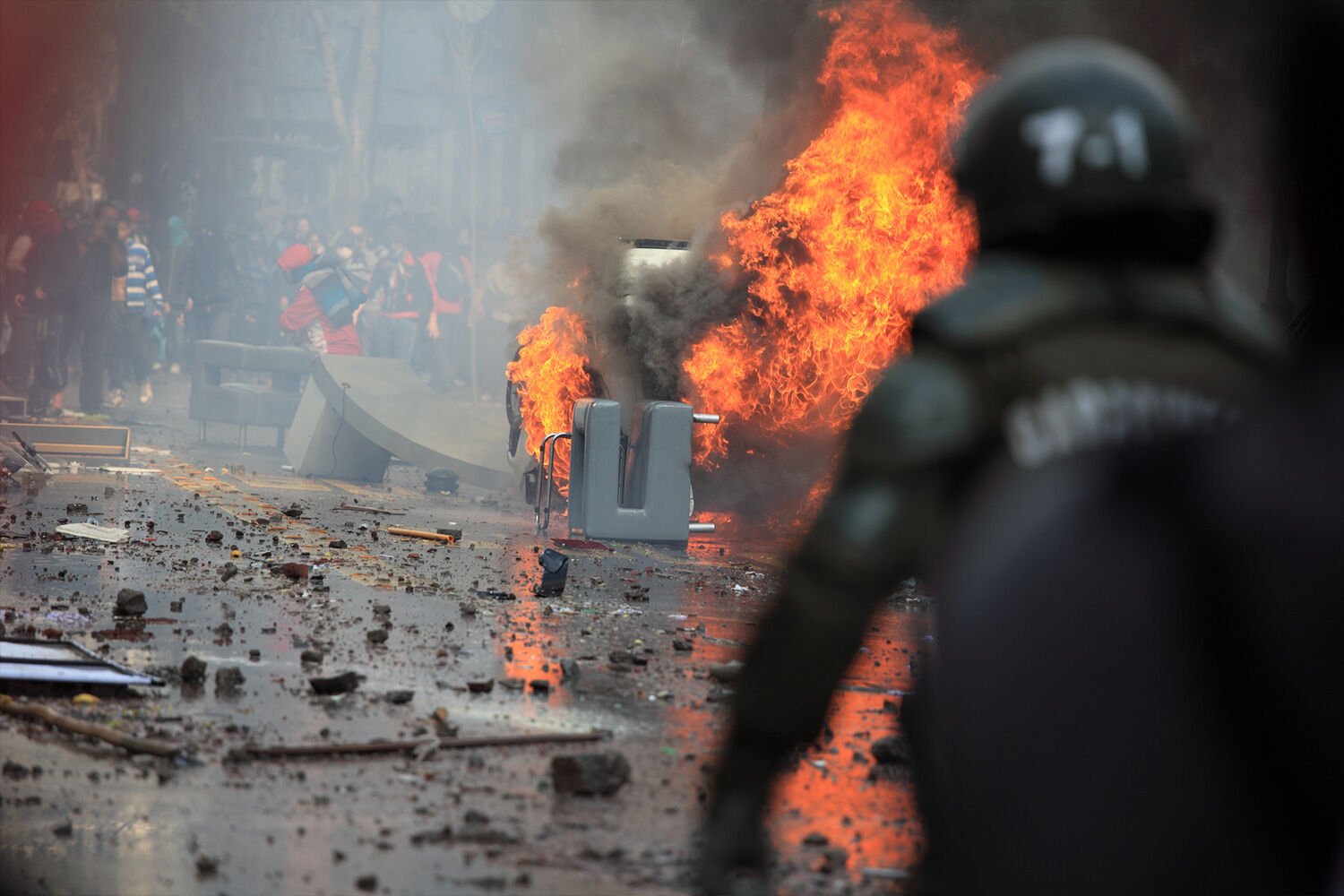
Protecting the eyes of tactical response workers
From the military and police forces to rescue workers, tactical work is dangerous but essential. Clear vision is important in intense situations where many things are happening at once and mistakes can be fatal. Safety eyewear is key protection in tactical fields where eye injuries and blindness are commonplace. Choosing high-tech, ballistic-rated eyewear that works effectively ensures protection to the vulnerable and valuable eyes and allows tactical workers to continue to complete their important missions.
